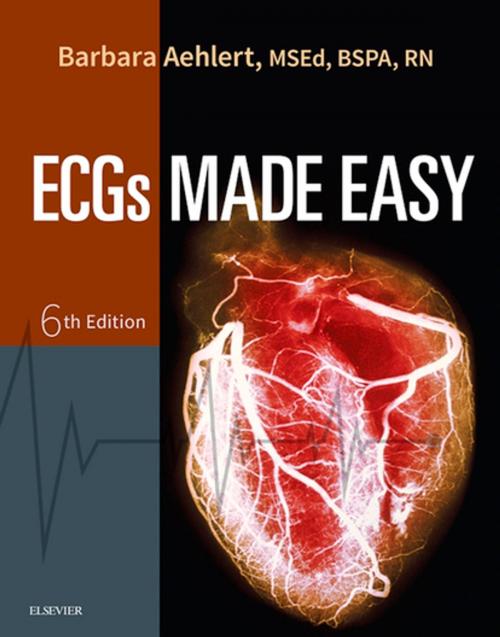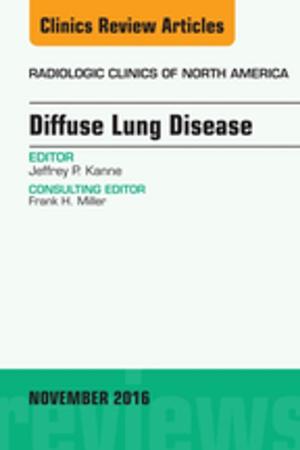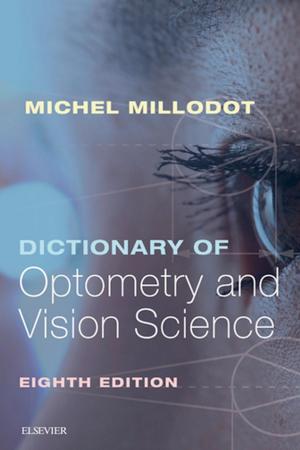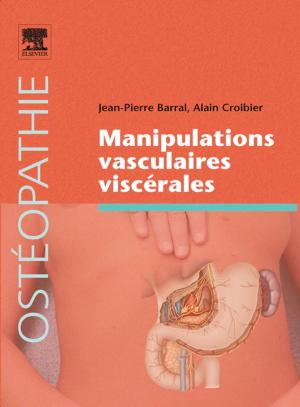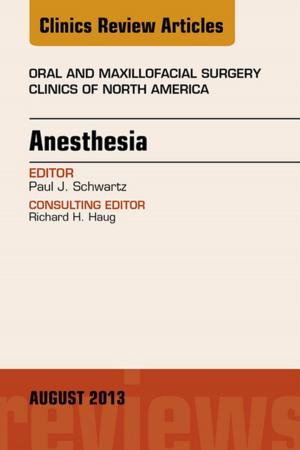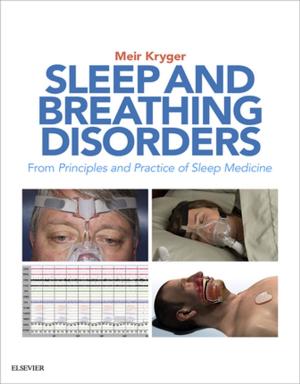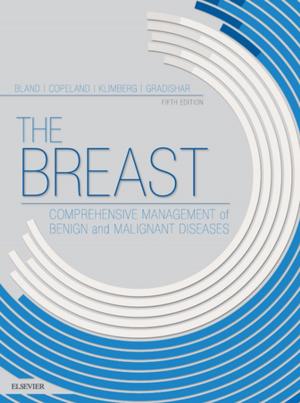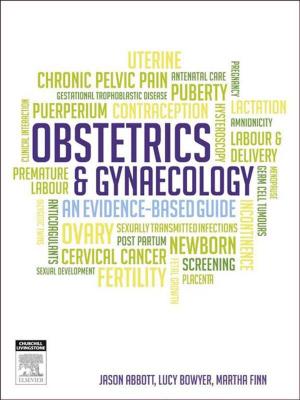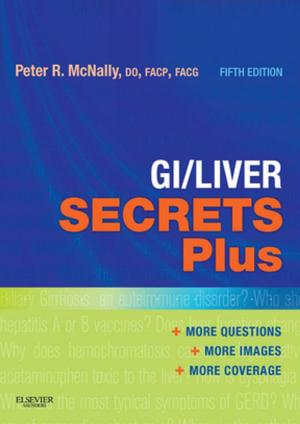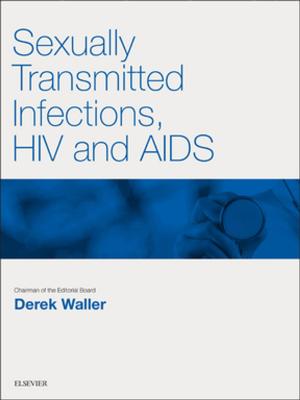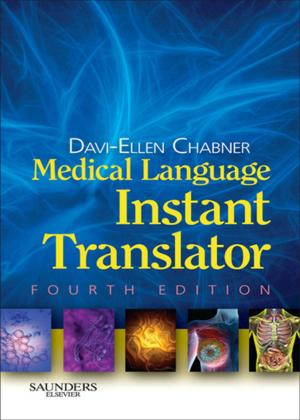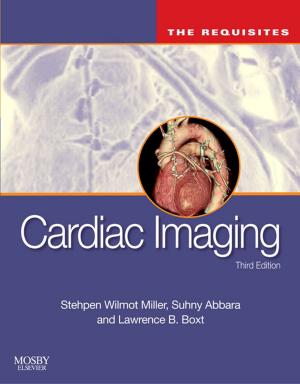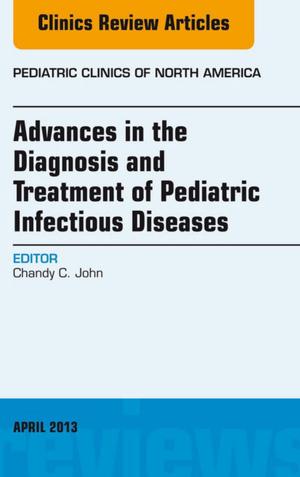ECGs Made Easy - E-Book
Nonfiction, Health & Well Being, Medical, Allied Health Services, Emergency Medical Services, Specialties, Internal Medicine, Cardiology| Author: | Barbara J Aehlert, RN, BSPA | ISBN: | 9780323415477 |
| Publisher: | Elsevier Health Sciences | Publication: | July 18, 2017 |
| Imprint: | Mosby/JEMS | Language: | English |
| Author: | Barbara J Aehlert, RN, BSPA |
| ISBN: | 9780323415477 |
| Publisher: | Elsevier Health Sciences |
| Publication: | July 18, 2017 |
| Imprint: | Mosby/JEMS |
| Language: | English |
Understanding ECGs has never been easier than with ECGs Made Easy, 6th Edition! In compliance with the American Heart Association’s 2015 ECC resuscitation guidelines, Barbara Aehlert’s new edition offers clear explanations, a conversational tone, and a wealth of practice exercises to help students and professionals from a variety of medical fields learn how to accurately recognize and interpret basic dysrhythmias. Each heart rhythm covered in the book includes a sample ECG rhythm strip and a discussion of possible patient symptoms and general treatment guidelines. Other user-friendly features include: ECG Pearls with insights based on real-world experience, Drug Pearls highlighting the medications used to treat dysrhythmias, Clinical Correlation call-outs, Lead In applicatinos, Stop & Review questions, a comprehensive post-test with answers, and more. It’s everything you need to master ECG interpretation with ease!
-
Clear ECG discussions highlight what you need to know about ECG mechanisms, rhythms, and heart blocks, such as: How Do I Recognize It?What Causes It? What Do I Do About It?
-
Introduction to the 12-Lead ECG chapter provides all the basics for this advanced skill, including determining electrical axis, ECG changes associated with myocardial ischemia and infarction, bundle branch block, and other conditions.
-
A comprehensive post-test with answers at the end of the book measures your understanding.
-
ECG Pearl boxes offer useful hints for interpreting ECGs, such as the importance of the escape pacemaker.
-
Drug Pearl boxes highlight various medications used to treat dysrhythmias.
-
Chapter key terms focus your attention on the most important information.
-
Chapter objectives tied to chapter text enable you to quickly review content that satisfies specific learning objectives.
-
NEW! 38 New cardiac rhythm strips have been added to the book for a total of 260 practice strips.
-
NEW! AHA compliance ensures the book reflects the American Heart Association’s 2015 ECC resuscitation guidelines.
-
NEW! Lead In boxes cover ECG principles, practical applications, indications, techniques, and interpretation.
-
NEW! Expanded coverage of ambulatory monitoring provides more in-depth guidance in this critical area.
Understanding ECGs has never been easier than with ECGs Made Easy, 6th Edition! In compliance with the American Heart Association’s 2015 ECC resuscitation guidelines, Barbara Aehlert’s new edition offers clear explanations, a conversational tone, and a wealth of practice exercises to help students and professionals from a variety of medical fields learn how to accurately recognize and interpret basic dysrhythmias. Each heart rhythm covered in the book includes a sample ECG rhythm strip and a discussion of possible patient symptoms and general treatment guidelines. Other user-friendly features include: ECG Pearls with insights based on real-world experience, Drug Pearls highlighting the medications used to treat dysrhythmias, Clinical Correlation call-outs, Lead In applicatinos, Stop & Review questions, a comprehensive post-test with answers, and more. It’s everything you need to master ECG interpretation with ease!
-
Clear ECG discussions highlight what you need to know about ECG mechanisms, rhythms, and heart blocks, such as: How Do I Recognize It?What Causes It? What Do I Do About It?
-
Introduction to the 12-Lead ECG chapter provides all the basics for this advanced skill, including determining electrical axis, ECG changes associated with myocardial ischemia and infarction, bundle branch block, and other conditions.
-
A comprehensive post-test with answers at the end of the book measures your understanding.
-
ECG Pearl boxes offer useful hints for interpreting ECGs, such as the importance of the escape pacemaker.
-
Drug Pearl boxes highlight various medications used to treat dysrhythmias.
-
Chapter key terms focus your attention on the most important information.
-
Chapter objectives tied to chapter text enable you to quickly review content that satisfies specific learning objectives.
-
NEW! 38 New cardiac rhythm strips have been added to the book for a total of 260 practice strips.
-
NEW! AHA compliance ensures the book reflects the American Heart Association’s 2015 ECC resuscitation guidelines.
-
NEW! Lead In boxes cover ECG principles, practical applications, indications, techniques, and interpretation.
-
NEW! Expanded coverage of ambulatory monitoring provides more in-depth guidance in this critical area.
